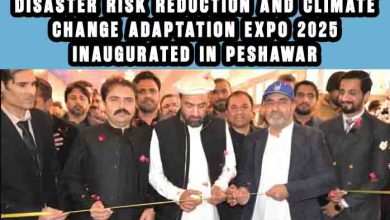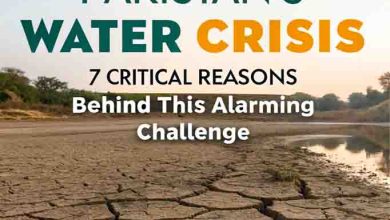#China’s water-saving agriculture technology benefits BRI countries
#LANZHOU, May 1 (Xinhua) — Muhammad Ali Raza, a Pakistani doctor, has recently been working on an experiment on the utilization of plastic mulch and drip irrigation in cereal-legume intercropping systems at a water-saving agricultural research station located in the city of Zhangye in northwest China’s #Gansu Province.
“The crop straws are processed into mulch and used in soybean-corn compound planting fields,” Raza explained, adding that the technology can not only avoid resource waste and effectively save water but also improve soil fertility and reduce evaporation at the soil surface.
Raza, 33, came to the Gansu Academy of Agricultural Sciences (GAAS) to pursue his postdoctoral studies after the GAAS signed a memorandum with a university in Pakistan in 2022 to carry out cooperation in modern agricultural technology transformation and personnel training projects.
In recent years, GAAS has signed cooperation agreements with institutions in Pakistan, Tajikistan, Malaysia and other countries participating the Belt and Road Initiative (BRI) to conduct extensive cooperation in agricultural science and technology.
Lettuce grown in water and chili on the substrate are thriving in an intelligent greenhouse at the GAAS, thanks to the efforts of Ma Zhongming, the head of the organization.
Ma has dedicated himself to the research and promotion of soilless cultivation technologies, resulting in these impressive outcomes.
“Soilless cultivation is suitable for arid regions and holds great potential for agricultural cooperation with some Belt and Road countries,” said Ma, who is also Raza’s professor.
“I’m excited about the research. My study area is related to dry farming and facility agriculture in China, and I am looking forward to introducing relevant technologies in Pakistan in the future,” Raza said.
Xiong Youcai, a professor at Lanzhou University’s College of Ecology, has led a team dedicated to dryland agriculture research and technology promotion since 2011 in East Africa.
The all-film double-furrow sowing, an agricultural technology originating from China’s arid Loess Plateau, has now been applied to agricultural production in Kenya and other countries based on local conditions to help relieve the impact of severe drought on food production.
In 2022, Xiong’s team, with the support of the National Natural Science Foundation of China, launched an international cooperation project involving the efficient utilization and adaptive management of rainwater resources in dryland agriculture in the East African Plateau.
The project was designed to further expand the adaptability and benefits of dryland agricultural technology.
“Take Kenya as an example. If the technology of all-film double-furrow sowing is effectively promoted in the country, one-third of Kenya’s land can feed the whole population of Kenya,” Xiong said.
“BRI agricultural cooperation has seen continuous progress, and it will be further advanced in the area of agricultural technology, personnel exchanges and agricultural policy,” Ma said.







